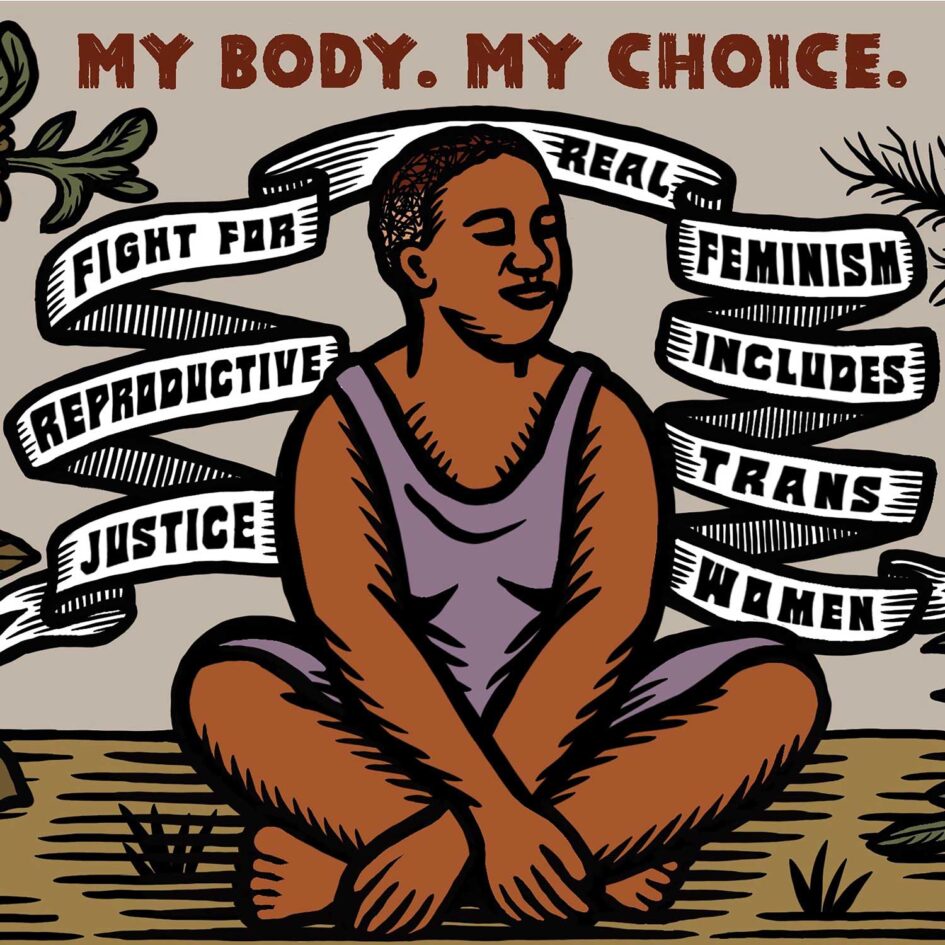Artwork by Kill Joy. This image is one part of a triptych that were painted on a panel installation at the Women’s Conference in Houston, TX. Kill Joy’s work is grounded in honoring the earth and seeking environmental and social justice. Her work is an interpretation of world mythology and a study of ancient symbols. She integrates story telling with calls to global, mental, physical, emotional and spiritual awareness and action.
Recommended Reading (September 1st)
“The West’s Dangerously Simple-Minded Narrative About Russia and China” by Jeffrey D. Sachs | ScheerPost
“Report: Russia, Ukraine Tentatively Agreed on Peace Deal in April” by Dave DeCamp | ScheerPost
“Want More Teachers? Start Valuing Education” By Rebekah Entralgo and Bella DeVaan / Inequality.org via Scheerpost
???? Pakistan Climate Emergency! Send help today! CODEPINK – Women for Peace
There’s a new ground zero: the frontlines of climate catastrophe in Pakistan, where floods caused by this year’s devastating rainfall have affected more than 33 million people, destroying homes, livestock, and crops, and killing over a 1000 people. A third of Pakistan remains submerged under water and the situation is expected to get worse.
Join us in sending much-needed aid to the people of Pakistan who have lost everything to climate change this year. CODEPINK is partnering with Edhi Foundation, a well-respected Pakistan non-governmental organization carrying out flood relief in the local areas.
Visualizing 50 Years of Global Steel Production
This graphic was originally posted on Elements and was shared to us by a friend of the Center as an accompaniment to this article on steel workers in India.

From the article:
“Over the past fifty years, steel production has tripled. The major steel producers are now China, Europe, India, Japan, Russia, and the United States. During the pandemic, steel production only fell by 1%, largely because internal demand in countries such as China and India kept the furnaces burning. While steel production in China decreased moderately due to concerns about overproduction, Indian steel factories have increased steel production over the course of the pandemic.“
